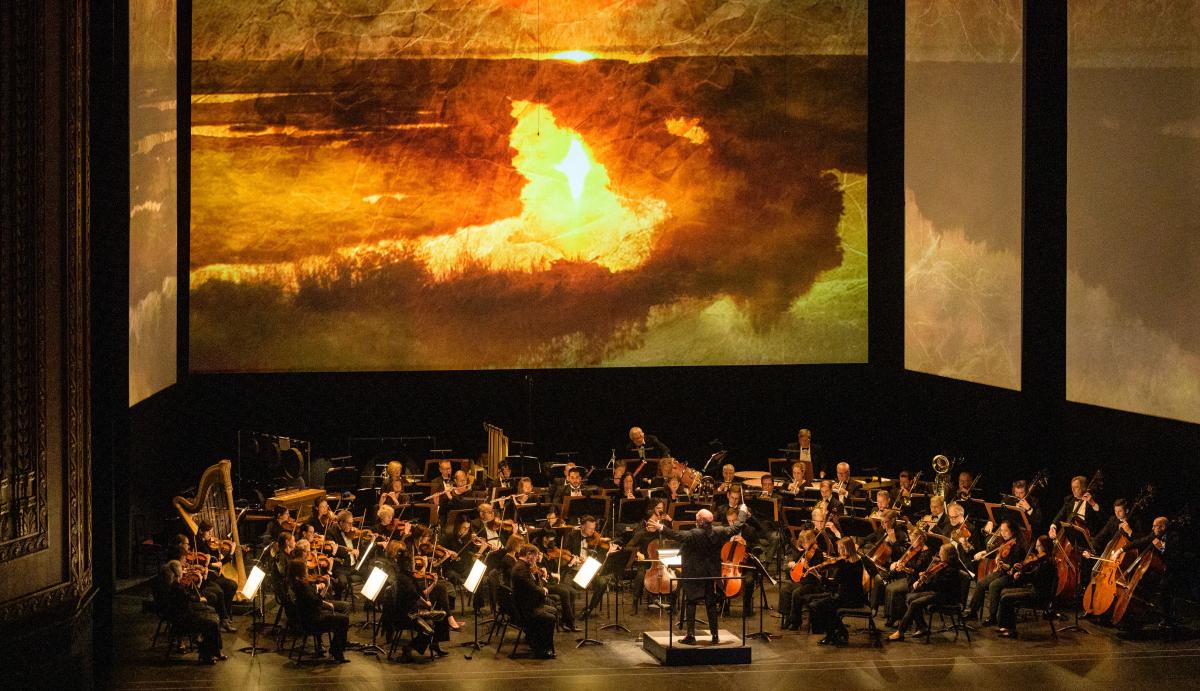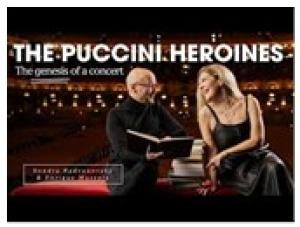
****HIGHLY RECOMMENDED**** How does an artist remain relevant? Whether you may be a writer or composer creating new work -- or a performer who is interpreting that very same work -- one of the answers to that loaded question is that any true artist must constantly challenge themselves and push through the inertia to explore undiscovered territory while also overcoming a fear of failure in the process. Once established in one's career, most artists relish the opportunity to expand their boundaries and personal comfort zone. One glorious example of an artist who is clearly comfortable on any stage and having added yet another statistical feat (Donizetti's "The Three Queens") to an already impressive resume, Berwyn's very own favorite diva Sondra Radvanovsky returns to Lyric Opera of Chicago in a very limited engagement to perform, in concert with musical support from the Lyric orchestra, "The Puccini Heroines." 4 SPOTLIGHTS
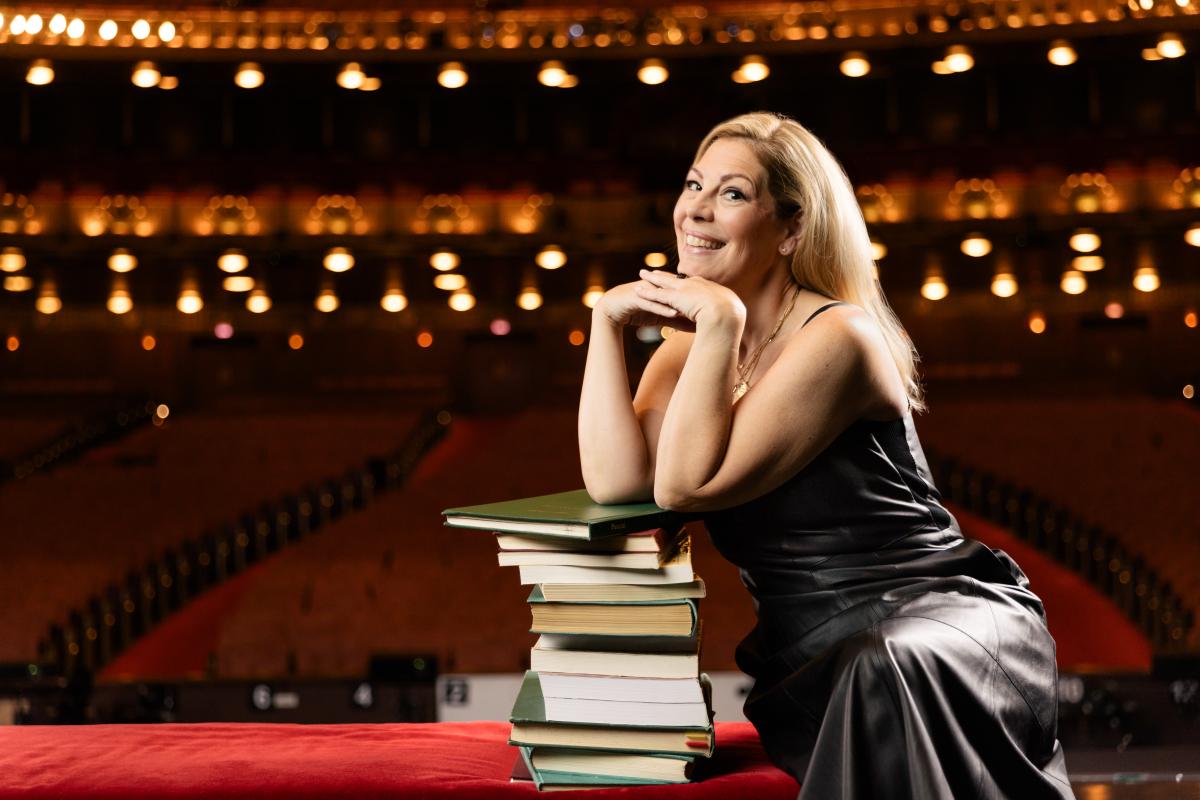
"Sondra Radvanovsky in Concert: The Puccini Heroines" features at least one vocal selection from each of Puccini's operas. Choosing which aria to perform from which particular Puccini opera may not have been that difficult of a task. However, what is fascinating is how both Radvanovsky and Lyric Opera's Music Director Enrique Mazzola, who also conducts, have chosen the sequence in which these arias are presented. Not merely in the chronological order in which Puccini composed them but rather in a manner which allows Radvanovsky and her powerfully athletic and expressive soprano to naturally warm up for the vocal fireworks which will follow. While the first half may feature perhaps the most well-known of Puccini's arias, it never feels like An Evening of Puccini's Greatest Hits. Far from it. The second half gives way to Puccini's more "meatier roles" (Radvanovsky's own words) but also contains several pleasantly unexpected surprises.
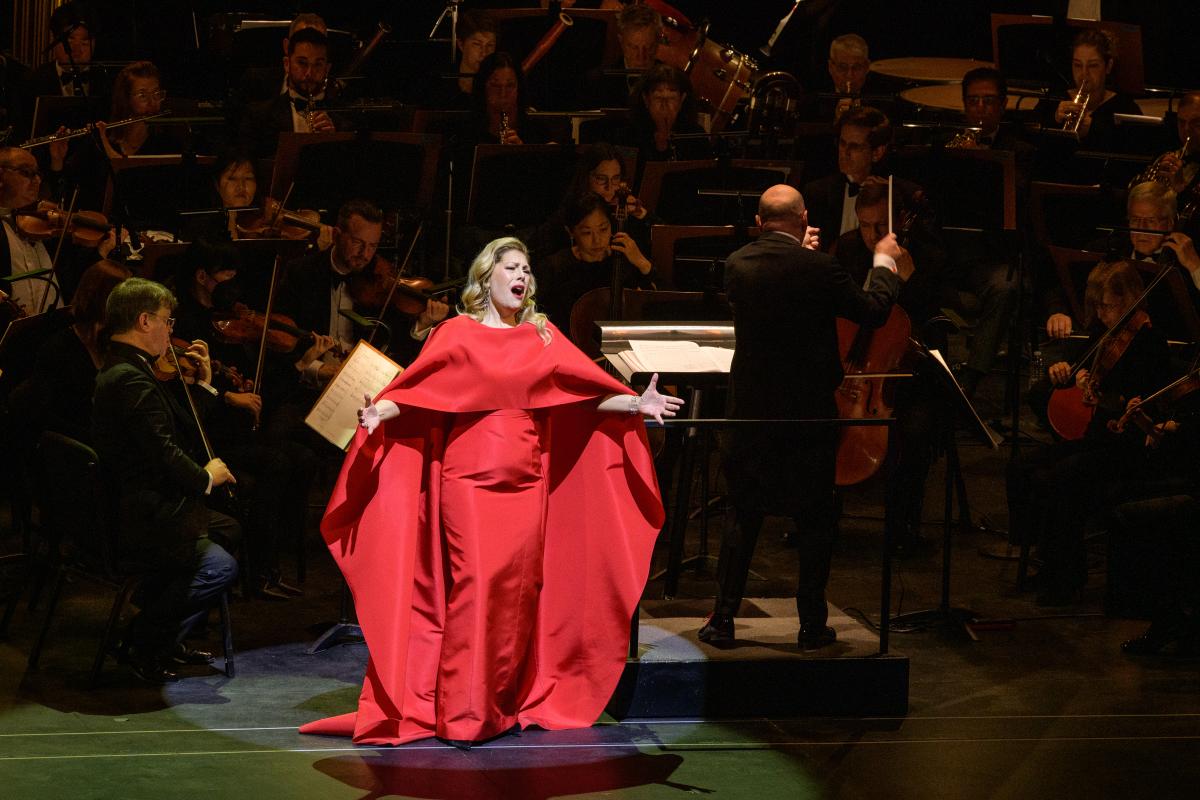
Taking the stage in a gorgeous red gown which majestically envelopes her upper body (she clearly got the memo that February is Go Red for Women month), Radvanovsky holds a small bouquet of flowers. She is the very young and naive Anna from "Le Villi," recently returned from the forest where she was picking wildflowers for her lover. The three heroines that follow (Mimi from "La Boheme," Cio-Cio-San from "Madama Butterfly" and Floria from "Tosca") are three of the four visages upon Puccini's Mount Rushmore (the fourth will close the program). Once we arrive at a delirious Manon from "Manon Lescaut" wandering aimlessly in the desert in search of water, it feels like an appropriate time for intermission.
The second half, now clad in a black gown which leaves her shoulders bare, finds Radvanovsky playful as Minnie from "La Fanciulla del West" and sweetly angelic as Angelica from "Suor Angelica." Both the Act I Prelude and the aria "Addio, mio dolce amor!" from the rarely-performed and extremely obscure Puccini opera "Edgar" gives Lyric audiences a chance to hear these beautiful selections in hopes that, perhaps, someday soon "Edgar" appears on the slate of an upcoming season at Lyric Opera. The aria from "La Rondine" allows Radvanovsky to show off her numerous abilities, especially because it demands her to use her lower register. Closing the performance is perhaps Radvanovsky's strongest piece, her steely yet fleetingly compassionate Turandot.
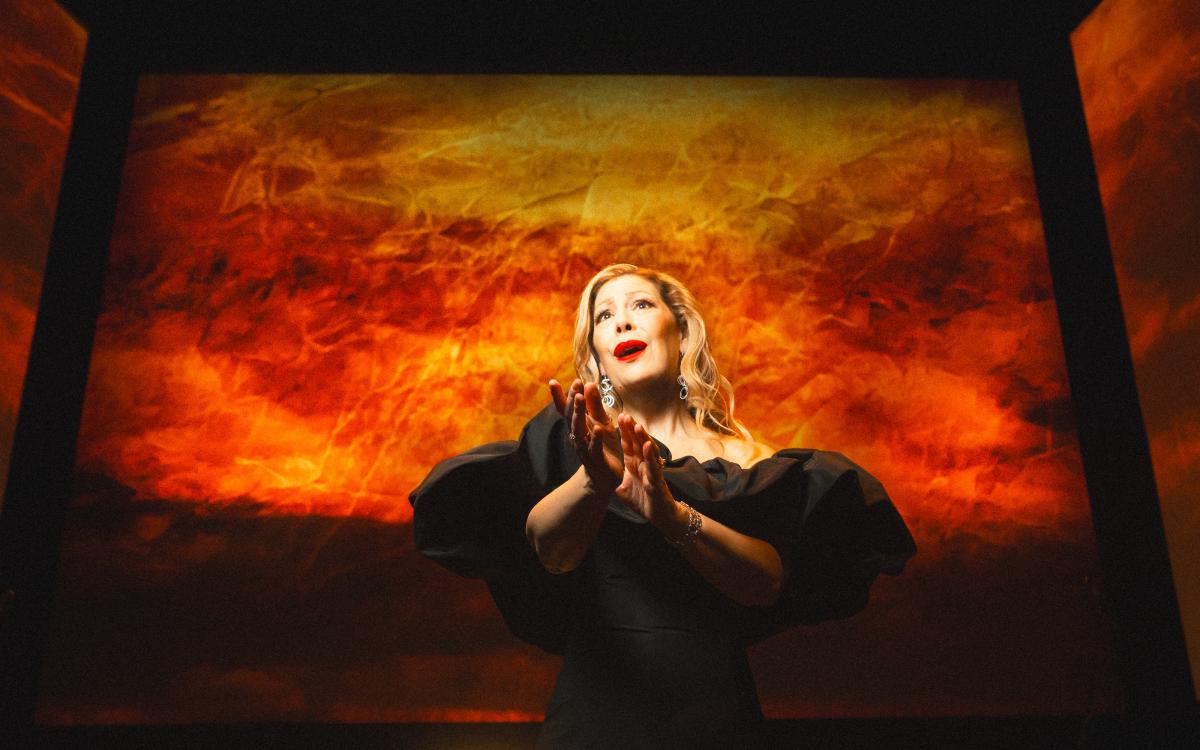
What makes these arias so magnificently compelling and fully-formed artistically is the fact that Radvanovsky not only can handle the vocal dexterity but also delivers highly emotional and authentic interpretations of all of these heroines. Not merely standing on stage and singing, Radvanovsky performs each of these vignettes as if they were moments from a fully staged production of each opera itself. She creates distinct and unforgettable characters with merely her voice and formidable acting skills within the framework of a 10 to 12-minute aria. It helps that she has performed most of these roles previously. Ironically, the one role that she has never sung professionally is Cio-Cio-San in "Madama Butterfly." Perhaps that would explain why this is the one aria which felt static. Radvanovsky keeps the banter to a minimum and her rapport with Mazzola is evidently genuine. Their whimsical interaction during arias from both "La Boheme" and "The Fanciulla del West" was endearing.
Speaking of Mazzola, it was a pure joy to see him out of the orchestra pit and conducting from the stage itself at Lyric. This gave Lyric audiences a rare opportunity to actually see him well and provided a glimpse into his very animated and energetic style of conducting.
